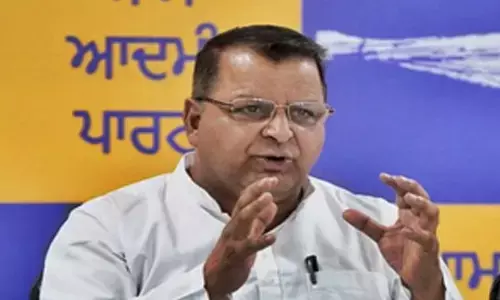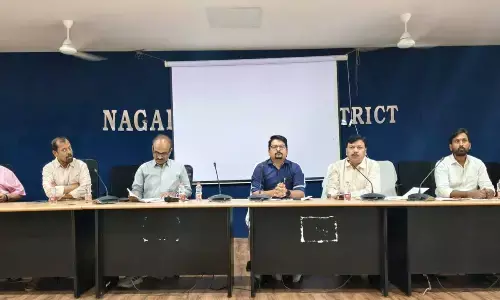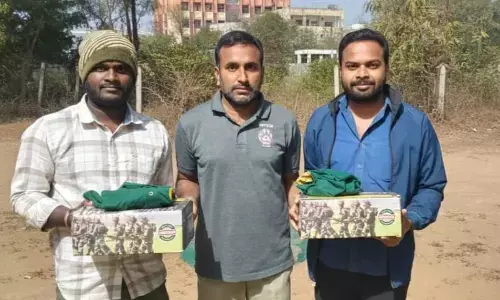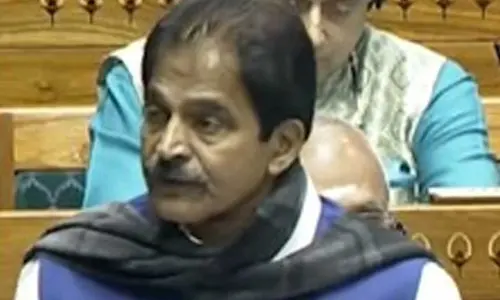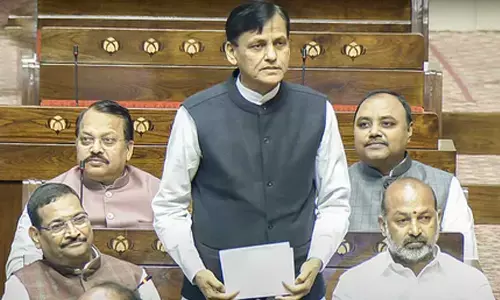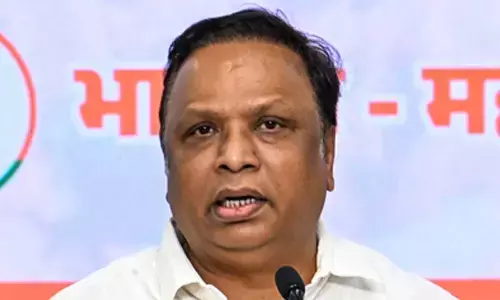The classic charpai recalled, explored

Of all pieces of furniture unique to India, perhaps the charpai is the most evocative of individual memories Compact, portable and extremely ecofriendly, this Indian bed is explored at the Serendipity Arts Festival here through a historicalcultural project
Of all pieces of furniture unique to India, perhaps the 'charpai' is the most evocative of individual memories. Compact, portable and extremely eco-friendly, this ‘Indian bed’ is explored at the Serendipity Arts Festival here through a historical-cultural project.
Curator of the Charpai Project, Ayush Kasliwal, who takes visitors on a journey of exploring a cultural artefact ‘truly Indian’, calls the charpai a work of ‘sheer genius’.
“The fact that it is light on environment, is done simply, is highly customised and relatable, holds a certain meaning in the society - as part of dowry, for instance. That meaning is what I'm pointing at,” Kasliwal, who has expertise in furniture design, told IANS.
It, he wrote in his curatorial note, is perhaps one of the most functional pieces of furniture ever created – ‘portable, economical, sustainable, compact, multi-functional with utility, used not just personally but also in communities.’
Part of the main exhibition, a showcase familiarises viewers with academic and historical inquiries, including medieval scholar-explorer Ibn Batuta's, on the ‘charpai’.
Though speaking of an 'everyday, mundane object' - something that this edition of Serendipity festival seems to be widely bringing forth - Kasliwal's curation of the show holds interest, as visitors are transported to a typical charpai shop resembling a storeroom of any Indian home, replete with stacked rolls of charpai weaving material, jute ropes, dismantled wooden legs, and other objects that seem hard to come by in the contemporary lifestyle.
The curation then leads one to examples of fully-woven charpais, that remain evocative of different memories for each visitor. What's also interesting to note is that despite the project having exhibited a number of them, each with different weaving techniques and material, the core design of the charpai transcends regions, time and the myriad ‘hands’ that create it.
“It cannot be attributed to a certain time or region, but is everywhere. There are customisations but as an object it is pretty generic. It's not about the greatness of bygones times, but relates to what of our past relates to our present,” Kasliwal said.
By Siddhi Jain


